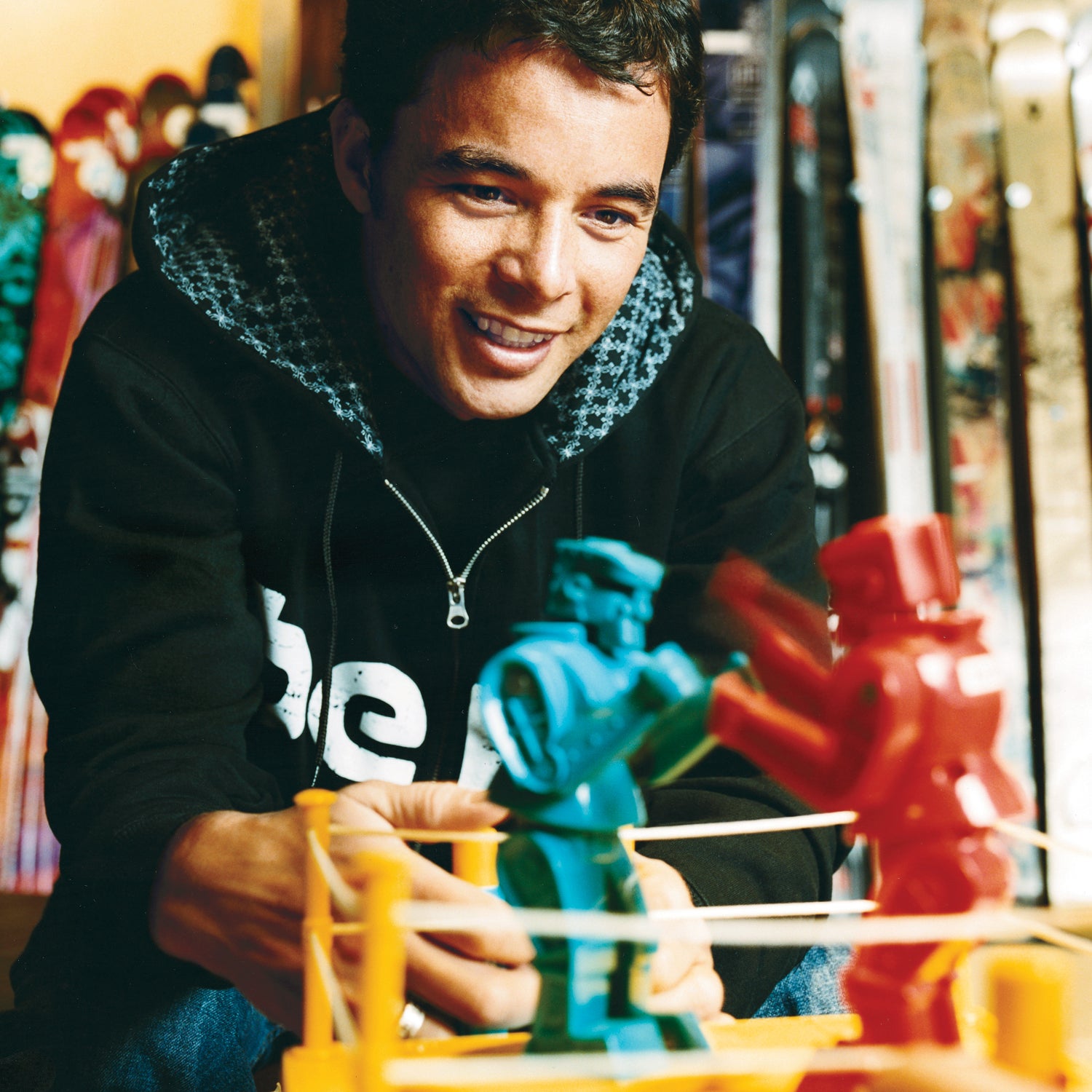These seven individuals have jobs we dreamed about as kidsÔÇöor didn’t even know existed, but now dream about. Here, they share how their skills, education, passion, and outlook combined for a career like no other.
Bryce Phillips
Snow-sports Entrepreneur, 30
I started in 2002, when I was splitting time between Whistler and Seattle and skiing for K2. It was a clearinghouse for any discount gear I could get. Two years in, I started thinking about a brick-and-mortar retail store. Skiing and snowboarding have completely converged, but in retail they’re mostly still segregated. I found this old warehouse in Seattle; it was a blank slate for the kind of versatile space we wanted. We have an art gallery, a mezzanine where a DJ can set up, and the racks are on rollers so we can show films or host parties. In Seattle, there’s never been an anchor for the ski-and-snowboard community. We want to make Evo that anchor.
David Choate
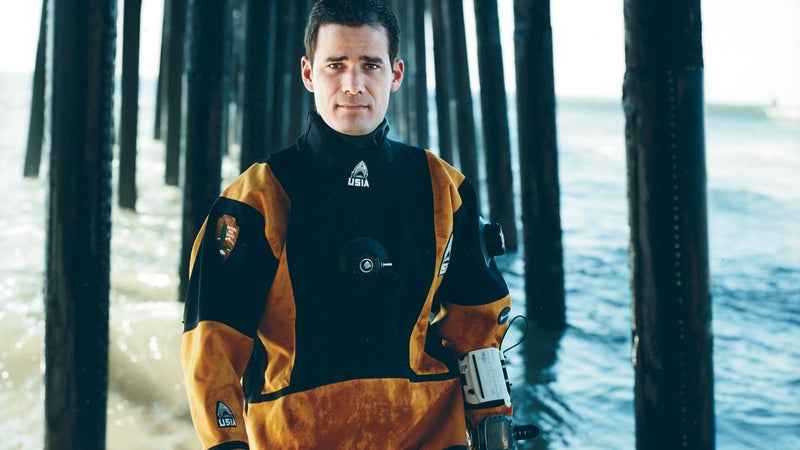
Underwater Archaeologist, 31
I think about it every time I come to the surface: how lucky I am. I’ve been diving since I was 14, and got a master’s in archaeological management, so diving for the National Park Service is the perfect combination. Nearly half of the parks have submerged land. Our team of five divers documents sitesÔÇöprotecting against looting or developing interpretive plans for the public. There are lots of things you wouldn’t expect underwater: Anasazi ruins. A B-29 bomber. Our work is not easy. We spend long days in muddy or even contaminated waters. Up to a third of my year is at dive sites. The rest is research. This summer, I’m investigating a Spanish galleon off Point Reyes in a great white shark area. Sure beats selling insurance.
Scott Shipley
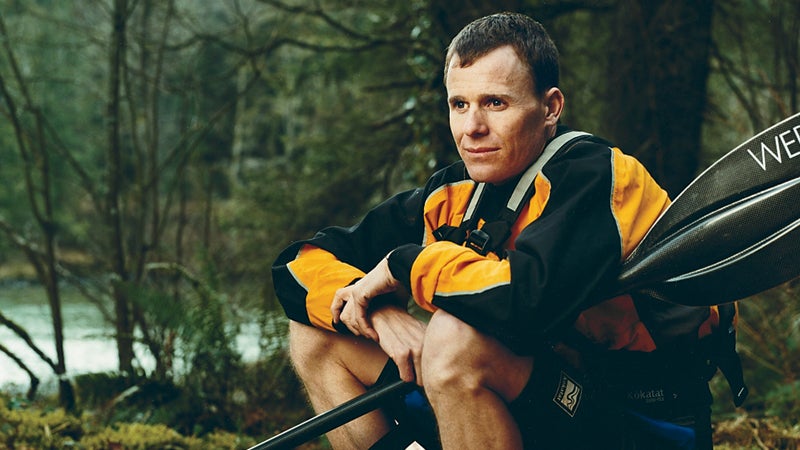
Whitewater Park Designer, 36
After I retired from World Cup slalom kayaking in 2000, I got a master’s in mechanical engineering and was planning on designing ships for the Navy. Then I read a magazine article about Gary Lacy, who designs whitewater parks out of Colorado. I thought, That’s cool. So I called him for some advice and he offers me a job. My first major project was the U.S. National Whitewater Center, in Charlotte. After that, I opened my own firm, S20design, in Boulder. Our focus is artificial, pumped whitewater parks. I develop the business plan, do the design, create fluid models, and oversee the construction. There’s lots of work, and I enjoy it. This field is overpopulated with designers, but there are openings if you have skills. Gary and I are still the only engineers in the whole biz who can kayak worth a darn.
Richard Betts and Ryan Hardy
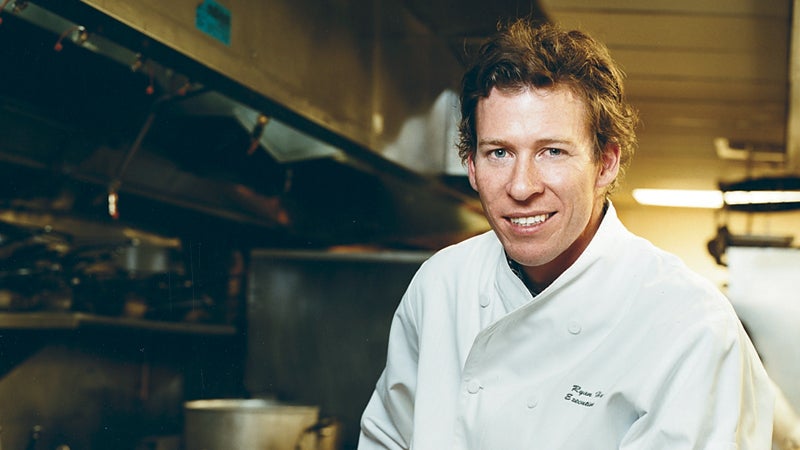
Wine Director, 37, and Executive Chef, 33
BETTS: In 1996, I was working in a law firm. One night at dinner I opened a bottle of wine, and when I stuck my nose in the glass I was immediately back on Borgo San Jacopo, in Florence. The next day someone started talking about billable hours and I said, “You know, I think I want to get into food and wine.” I left that afternoon.
HARDY: It’s a myth that you have to go to culinary school. I dropped out after five months and started volunteering in kitchens. It’s all about getting a lot of quality experience.
BETTS: I read and tasted everything I could and moved to Tucson to volunteer as a sommelier.
HARDY: I’m in the restaurant, Montagna at the Little Nell, 60 hours a week; that’s not a problem if you have a passion for it. In our business we travel to Italy, New York, San Francisco … then we come back to Aspen, and every spring we get five weeks off to cycle, fly-fish, climb fourteeners. In the winter? My kitchen is 24 steps from the gondola.
BETTS: I can run, ski, and have a big lunch every day before even thinking about work.
╠ř
Christina Heyniger
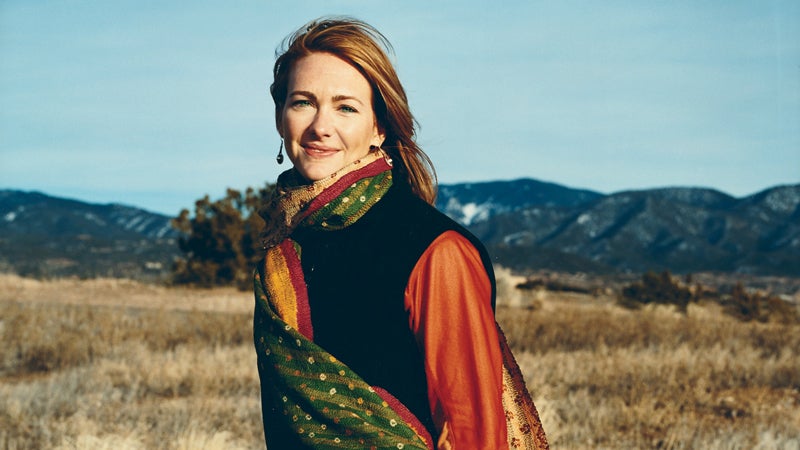
║┌┴¤│ď╣¤═° Consultant, 36
How could I make a contribution to the world, travel often, and earn a living? That was the point. In 2004, I was a management consultant to the Navy and Housing and Urban Development, with a lovely cubicle. Then I took a dory trip down the Grand Canyon that spun my head completely around. I went to work for a river company in Idaho. They said, “Maybe you can give us some business experience, and we’ll teach you to row.” I did, and it’s taken on its own life. My company, Xola, helps tour operators and travel entrepreneurs, even governments, develop more-successful adventure tourism products. I’m wandering the dzongs in Bhutan, trekking in Nepal, cruising Morocco on a camel. It sounds so clich├ę: “Follow your passion.” But it worked. My fear is that others will get the same idea.
Kristin Peterson
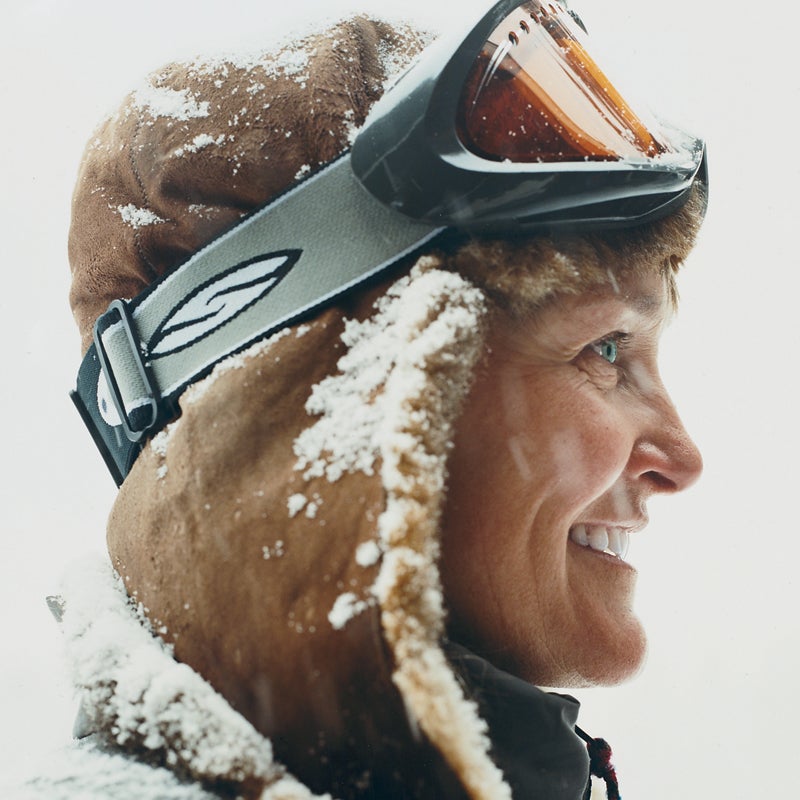
Field Camp Medic, 49
I’m kind of a gypsy, so when a friend told me the U.S. Antarctic Program was going to use civilian medics, I applied. I mean, how many people get to go to Antarctica? With my background in wilderness medicine, I developed the Field Camp Medicine Program. We only have basic antibiotics and trauma gear, and it takes hours to med┬şevac someone. You have to be able to think on your feetÔÇöthat’s part of some people’s personality, but you need training and experience. I have a master’s in health science from Duke; my expertise is high altitudes and cold environments. Safety, safety, safetyÔÇöit’s all I talk about. You do everything in a field campÔÇödeal with cargo, fuel planes, call the weatherÔÇöand there’s no whining allowed.
Tony Ellsworth
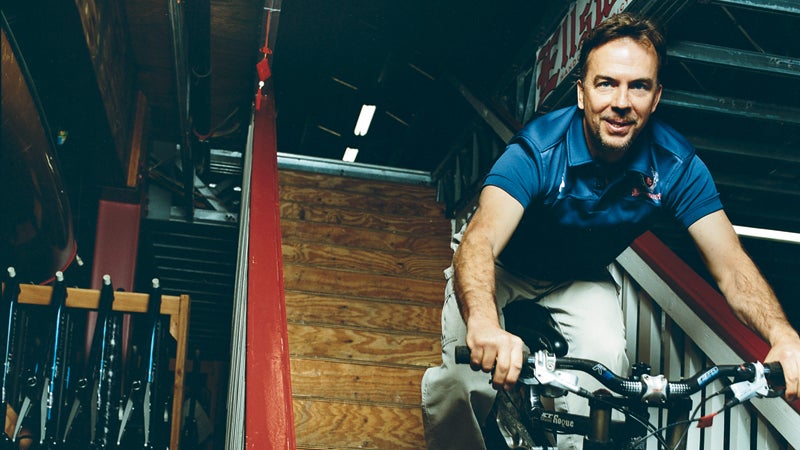
Bike Builder, 46
The doctors couldn’t figure out why I was passing out. I took care of myself, but I was 31 years old and working 14 hours a day running my own financial-consulting business. I skipped lunch a lot. The take-home lesson was: Listen to the Tony that wants to ride his bike. So I started mountain-biking more. One day I was complaining to a friend that there weren’t any really high-end mountain-bike frames and he said, “Why don’t you just make your own?” I built two frames in 1991. In ’92 I built tenÔÇöand then it took off. Ellsworth Handcrafted Bicycles now makes at least 2,500 frames a year, plus wheels. I’m focusing on a commuter bike for someone too intimidated to throw a leg over a really technical ride. My goal is to have more people fall in love with cycling. If I can do that, we all win.


